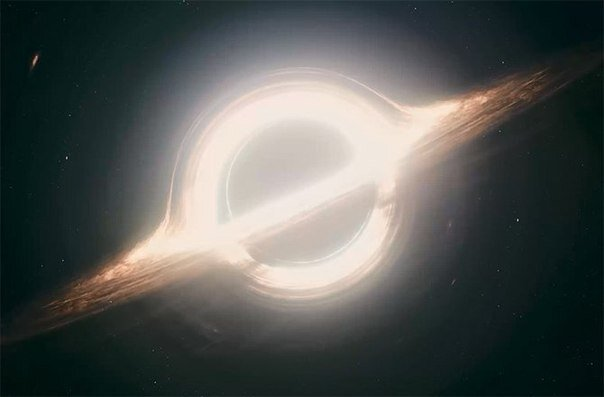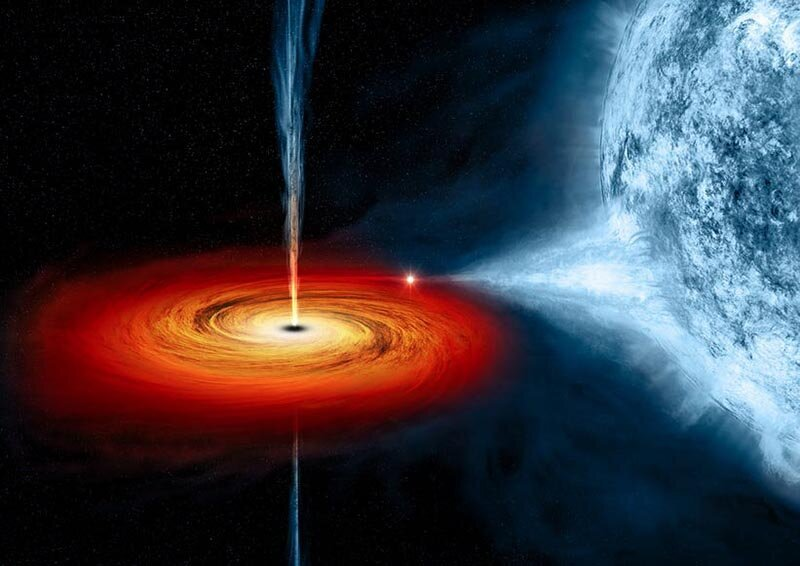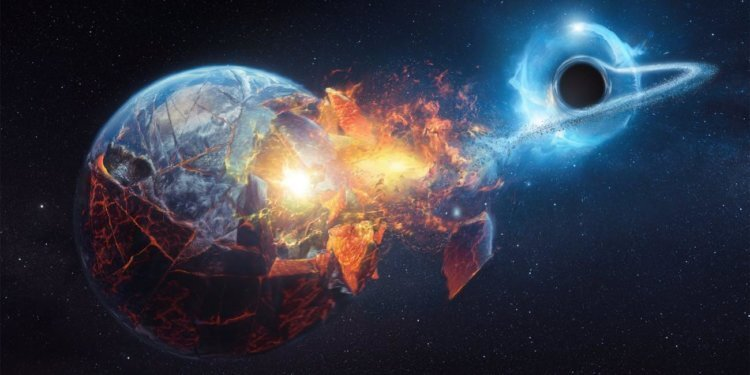Can We Shield Ourselves from a Black Hole Encountering Our Solar System?
Written on
Understanding the Threat of Black Holes
Today, we delve into a query posed by one of our subscribers regarding black holes and their potential impact on our solar system. These enigmatic entities glide through the cosmos, and it's uncertain when or which one may approach us. Are there methods to foresee their arrival? If we detect one on a collision course, can we alter its path? What factors could theoretically influence its trajectory?
In popular culture, black holes are often portrayed as frightening harbingers of destruction. While many depictions are exaggerated, the truth is that black holes pose even greater risks than typically portrayed, albeit in less dramatic ways.
How to Detect a Black Hole Approaching Us
Currently, the technology available allows us to identify black holes by observing their accretion disks, their gravitational effects on surrounding celestial bodies, and the phenomenon of gravitational lensing. When a black hole roams through interstellar space, it often lacks the material needed for an accretion disk, making detection more challenging as it nears our solar system. Without nearby objects to influence, identifying its presence becomes even more complicated.

Thus, the only reliable method for detecting an approaching black hole would be through gravitational lensing. However, this process requires extensive months of monitoring specific sections of the sky. Even with all the terrestrial telescopes at our disposal, we can only cover a small fraction of the sky, leaving much of it unobserved. Consequently, it's unlikely we would detect a black hole until it has already entered our solar system and begun to affect celestial bodies like planets and asteroids. In such a scenario, humanity might only have a few decades to devise a solution before facing catastrophic consequences.

For instance, gravitational lensing distorts background objects into rings due to the immense mass of objects in the foreground, creating a similar effect near a black hole.
What Can Be Done to Mitigate the Threat?
In principle, black holes follow the same orbital mechanics as other celestial bodies, meaning that they could be influenced in similar ways to stars and planets. However, black holes possess mass many times greater than that of the Sun, resulting in a formidable momentum. To redirect a black hole, we would need to generate a gravitational force significantly stronger than that of the Sun, positioned close to our solar system. While a sufficiently potent gravitational source could potentially alter the black hole's trajectory, it would also have dire implications for the Sun and surrounding planets. The feasibility of such an endeavor would depend on the black hole's proximity to the Sun and the speed at which we could act.

Imagining a solution raises questions about what could serve as such a powerful gravitational source. Achieving this would necessitate a mass far exceeding that of our entire solar system. Hypothetically, if humanity could develop a comprehensive theory of gravity and learn to create artificial gravity, it might provide a path to generating the required mass. However, at our current technological stage, acquiring and transporting such a vast amount of material remains in the realm of science fiction.
How Can Humanity Survive a Black Hole Encounter?
Given the above considerations, if a black hole were to approach our solar system, it would likely be impossible to stop or redirect it. The consequences would be dire: the black hole could either engulf the Earth, tearing it apart, or, in a less catastrophic scenario, the tidal forces could destabilize the planet's crust, resulting in widespread magma flooding. Life as we know it would be rendered impossible in many regions due to persistent volcanic and tectonic activity, while the atmosphere would become toxic from gases released from the mantle.

The only conceivable means of survival would involve relocating to another star system. Currently, this would necessitate the construction of enormous generation ships capable of traveling for tens of thousands of years. However, whether humanity could construct such vessels in the face of impending doom remains uncertain.
If you're interested in more articles about the cosmos, please give us a clap! Subscribe to our channel and submit your questions for future articles.
If you appreciate our work, consider supporting us by becoming a Medium member for just $5 a month, helping us create even better content.
The first video explores the implications of a black hole entering our solar system, examining potential outcomes and scientific theories surrounding this phenomenon.
The second video discusses NASA's hypothesis that we might be living inside a black hole, delving into the science behind this intriguing idea.